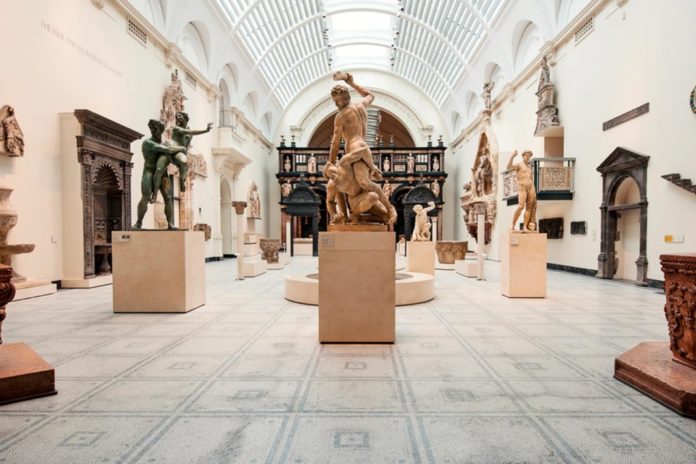
Almost three decades ago, two thieves dressed up as policemen and stole several works of art from a museum in Boston. Damage: $500 million. The crooks were never caught, despite the long and complex investigation and the ten million dollar reward. Such examples of museum heists have inspired a lot of movie directors and captured the imagination of the public. But theft is definitely not the only problem these venues deal with periodically. Fire, flooding, acts of vandalism, protesters, and even terrorist attacks are all part of today’s reality. Museums are faced with a number of security threats, especially in the context of having to preserve art collections in historic buildings with limited conservation possibilities. Museums also need to host thousands of people on a yearly basis and cater to their distinct wants. So just how safe are today’s museums for visitors of all ages? Let’s dig a little deeper into the topic.
Personal Safety For Staff And Visitors
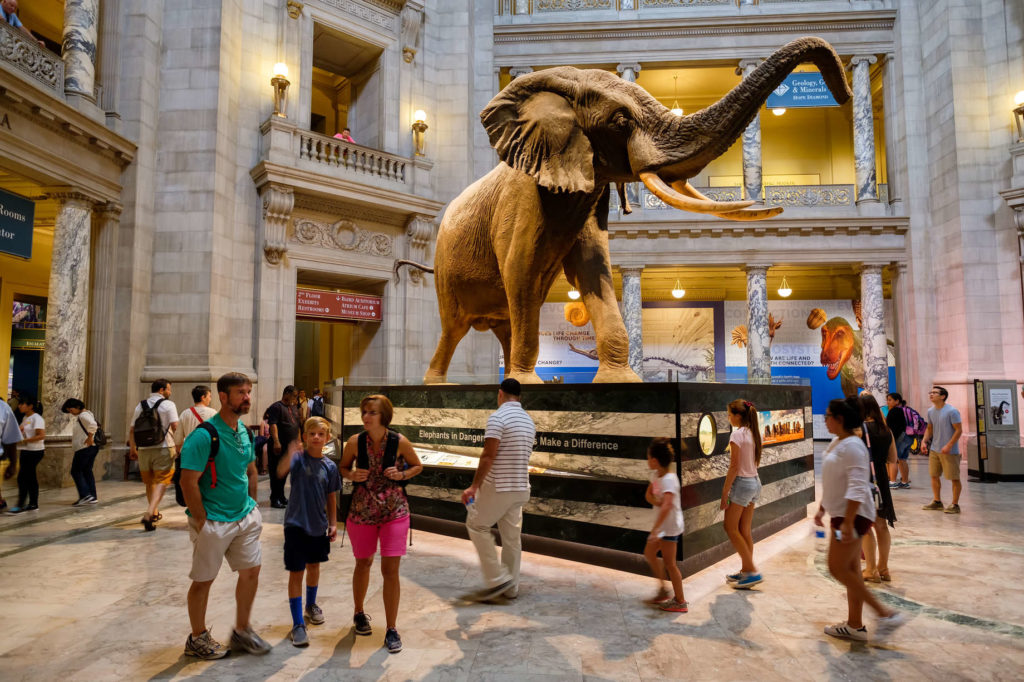
Personal safety is a key issue that museums all around the world need to be addressing on a periodical basis. Managers need to figure out the best ways of ensuring lone workers are well protected against specific threats that their work incurs. Moreover, museums also need to openly and accurately communicate all incidents and related procedures to all staff members. These art venues are known to hire many temporary and part-time workers. There are also lots of volunteers that choose to donate their precious time and skills and contribute to the restoration of museums all over the country. Communication among all of these parties may be more difficult since they all run on different schedules.
Visitor Expectations VS Necessary Safety Measures
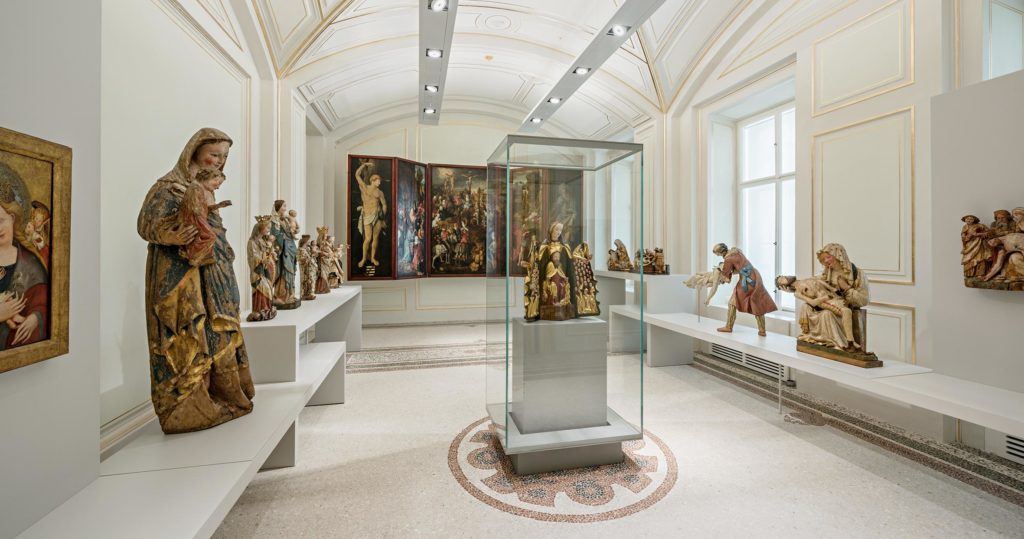
There is a clash between the expectations of art lovers who want unlimited access to the works they are interested in, and the most effective safety strategies museums need to put into practice. Often times, visitors may not be granted full access to all of the areas where they would like to go. This occurs because of the risk of people trying to manually handle the sculptures, paintings, and other art pieces, and risk damaging them. Theft and vandalism are additional arguments that come to support this decision. Most museums will usually create two distinct areas encompassing different types of exhibits. One of them will put less sensitive exhibits on display, while the other one will safely store the most valuable items and prevent visitors from reaching them. Replicas may also be used instead of the original pieces. Some would argue that visitors will not enjoy a similarly pleasant experience knowing the exhibits are not authentic. Nevertheless, in case someone steals a replica, the loss will not be as nearly as important for the museum.
Plus, there have been reported cases of potentially offensive satirical works of art that have been on display in museums and removed at the suggestion of the security personnel. These decisions were made considering the constant terrorist threats we are looking at in various parts of the world.
Practical Security Measures
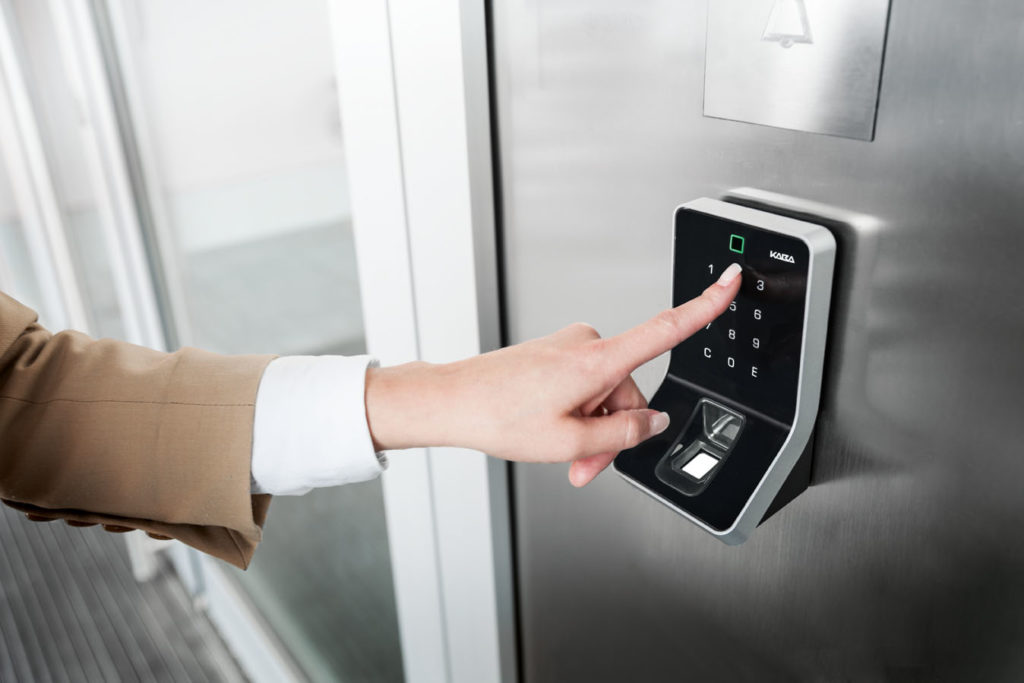
Due to the complexity of potential threats facing commercial buildings third parties can be and are often used to ensure high levels of physical security. By outsourcing to external companies the museum or any other commercial building is guaranteed that their specific needs are always handled by experts within their field. According to the experts from locksmithlocator a locksmith service can handle many different aspects of security issues like re-keying, the fitting of sensors and alarms locks on doors and windows, panic bars and advanced wireless or biometric access locks in order to ensure the highest possible levels of physical security on a building and its employees/visitors.
Vibration sensors can be placed behind paintings and identify even the lightest tap of a finger. If a thief is trying to get to a painting through the wall, a special sensor should alert the control room and offer a site map, along with a photo of the respective exhibit under threat.
Inventory numbers are also marked on the back of paintings and stored in catalogs. In case of theft, the museum will know if the persons claiming to ask for a ransom has got the painting or they are pulling a scam.
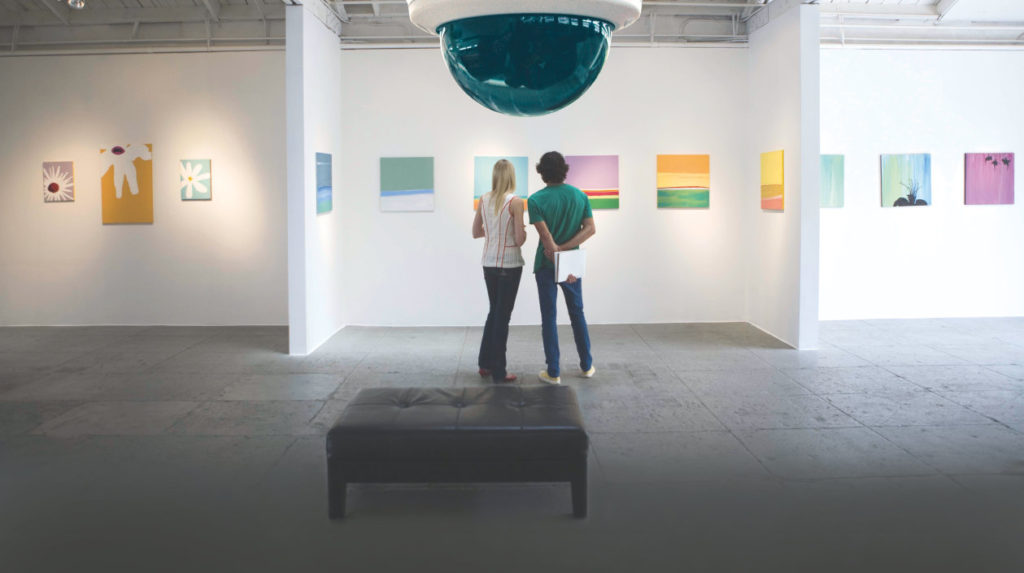
Sensors for fire, water, and temperature changes are also commonly used in museums in addition to sensors meant to deter potential burglars. Motion detectors beamed straight over the pieces on display that emit sounds similar to the ones of a fire alarm are also meant to play the same role.
Alarm windows and glass sensors or CCTV cameras also play critical roles in ensuring the security of a museum. Security guards need to be on permanent alert at all hours and communicate with the security control center. Thus, the role of a well-established security team is critical.
With only 10% of all theft of museum and art items stolen from commercial buildings, museums are safe both for visitors and employees. However, due to the high, and often unique value of the items stored, museums will remain a potential risk of theft and as such, in an ongoing need of modern security measures to meet the constantly changing threats. To guarantee a safe environment for both employees and visitors is a challenge the museums can not afford to fail.














